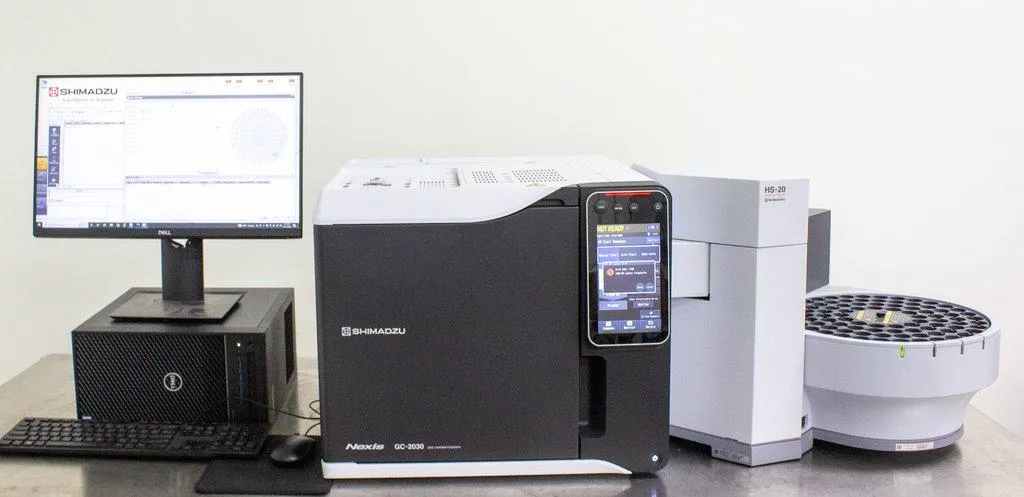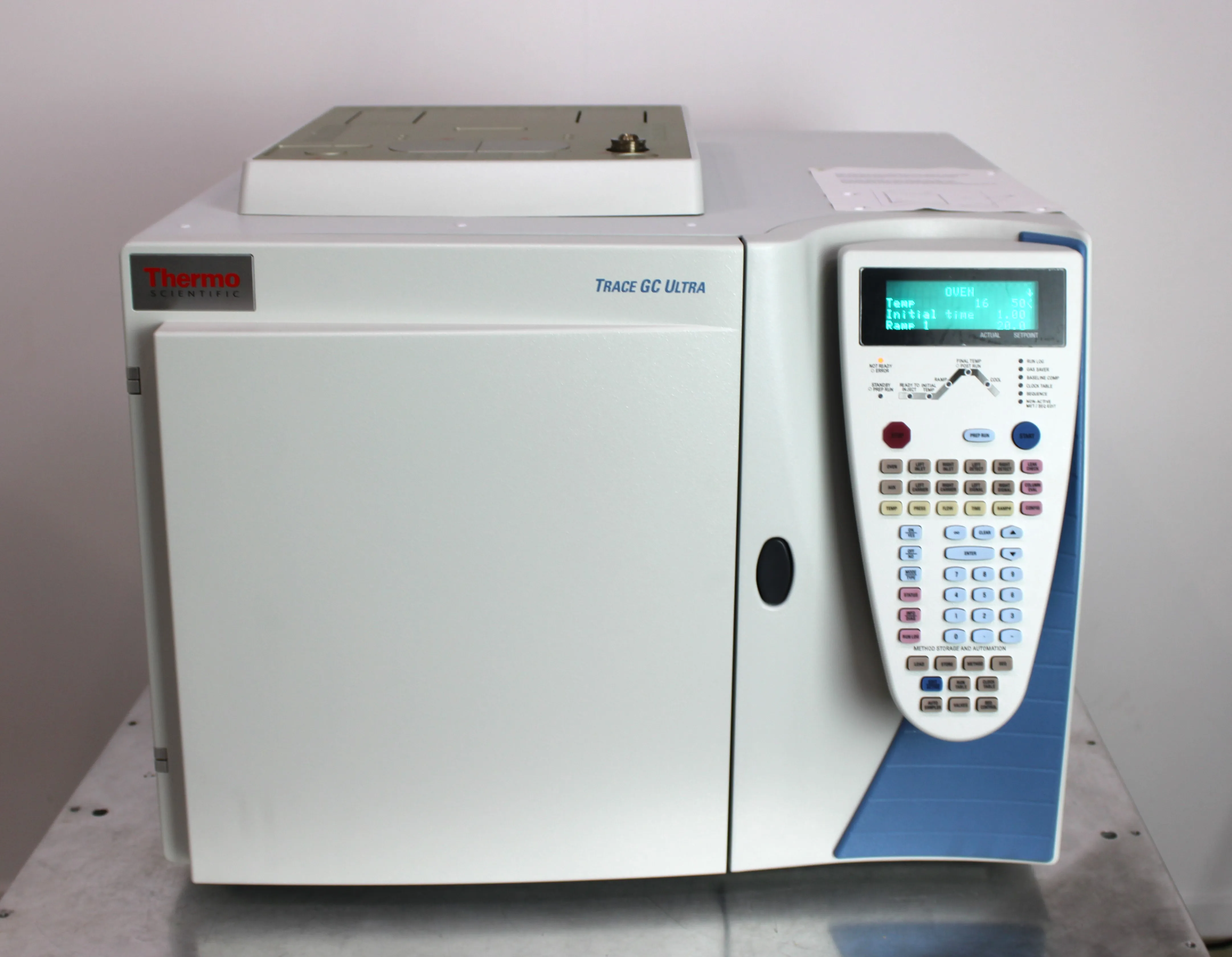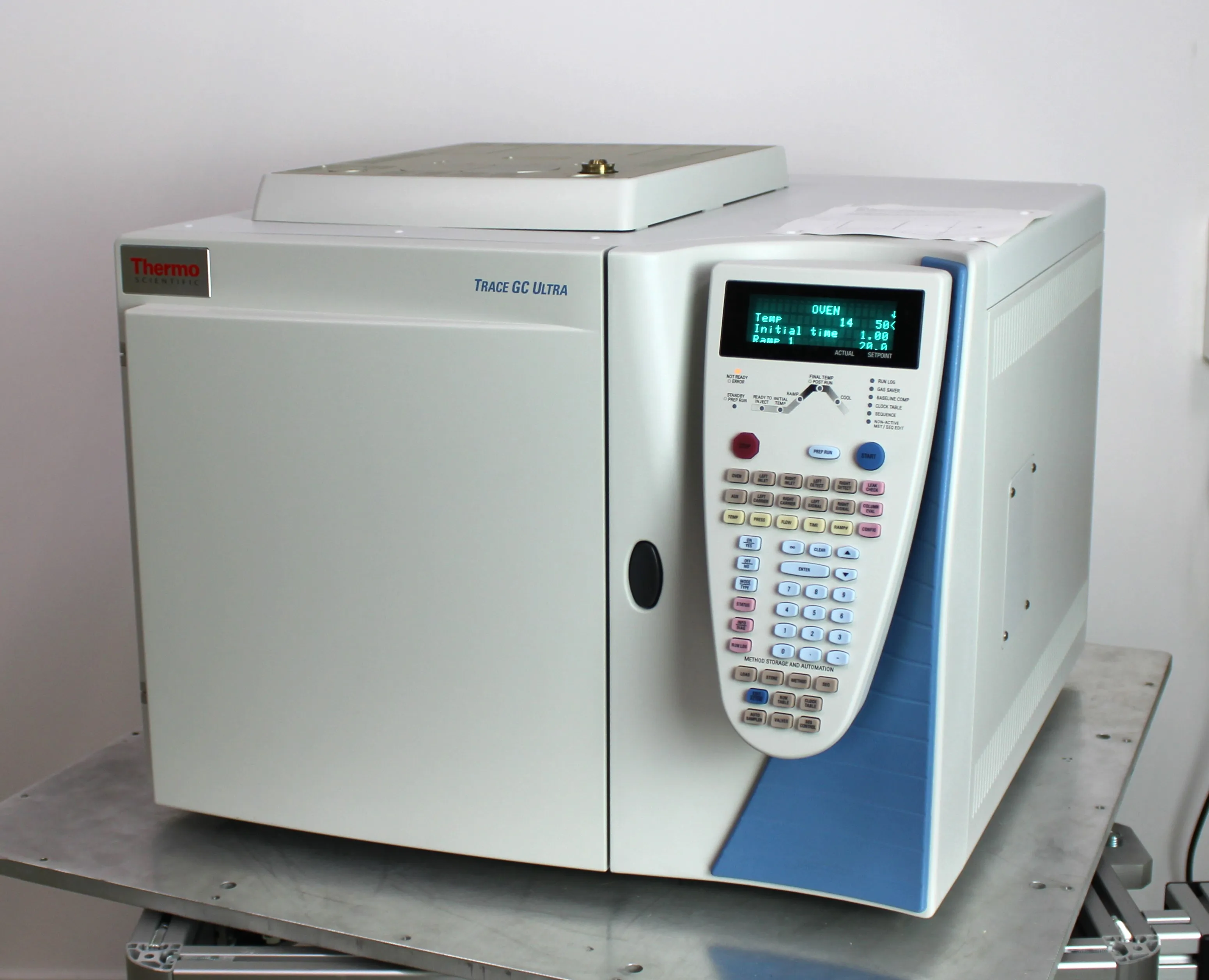Explore our range of GC Detectors, essential components in gas chromatography instruments for identifying and quantifying compounds eluted from chromatographic columns.
Choose from detectors like Flame Ionization (FID), Thermal Conductivity (TCD), Electron Capture (ECD), Mass Spectrometry (MSD), Photoionization (PID), and Flame Photometric (FPD). Each detector type offers specific sensitivities and selectivities tailored for different compound classes, enhancing analytical precision across various applications in environmental analysis, pharmaceuticals, and more.





